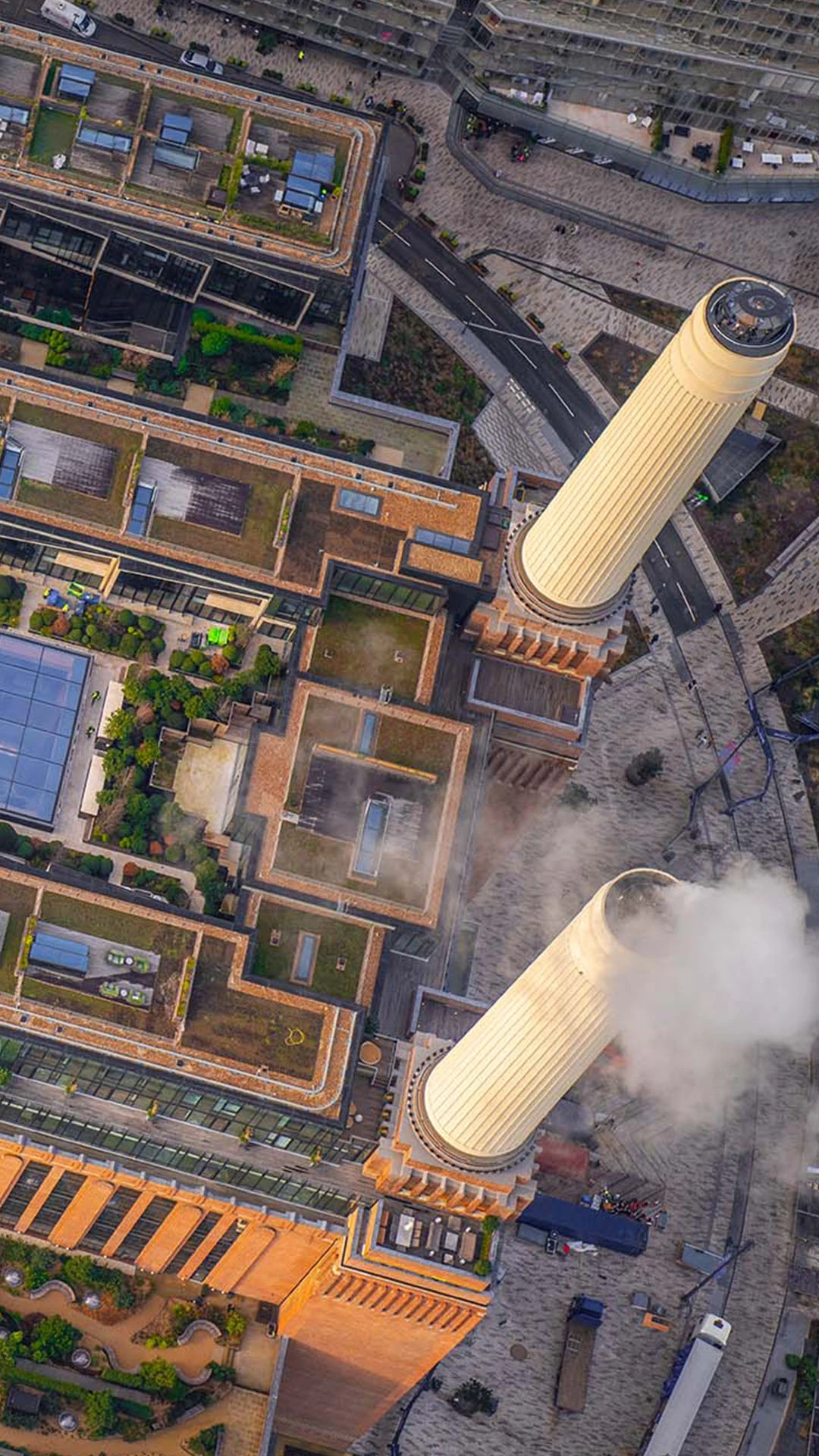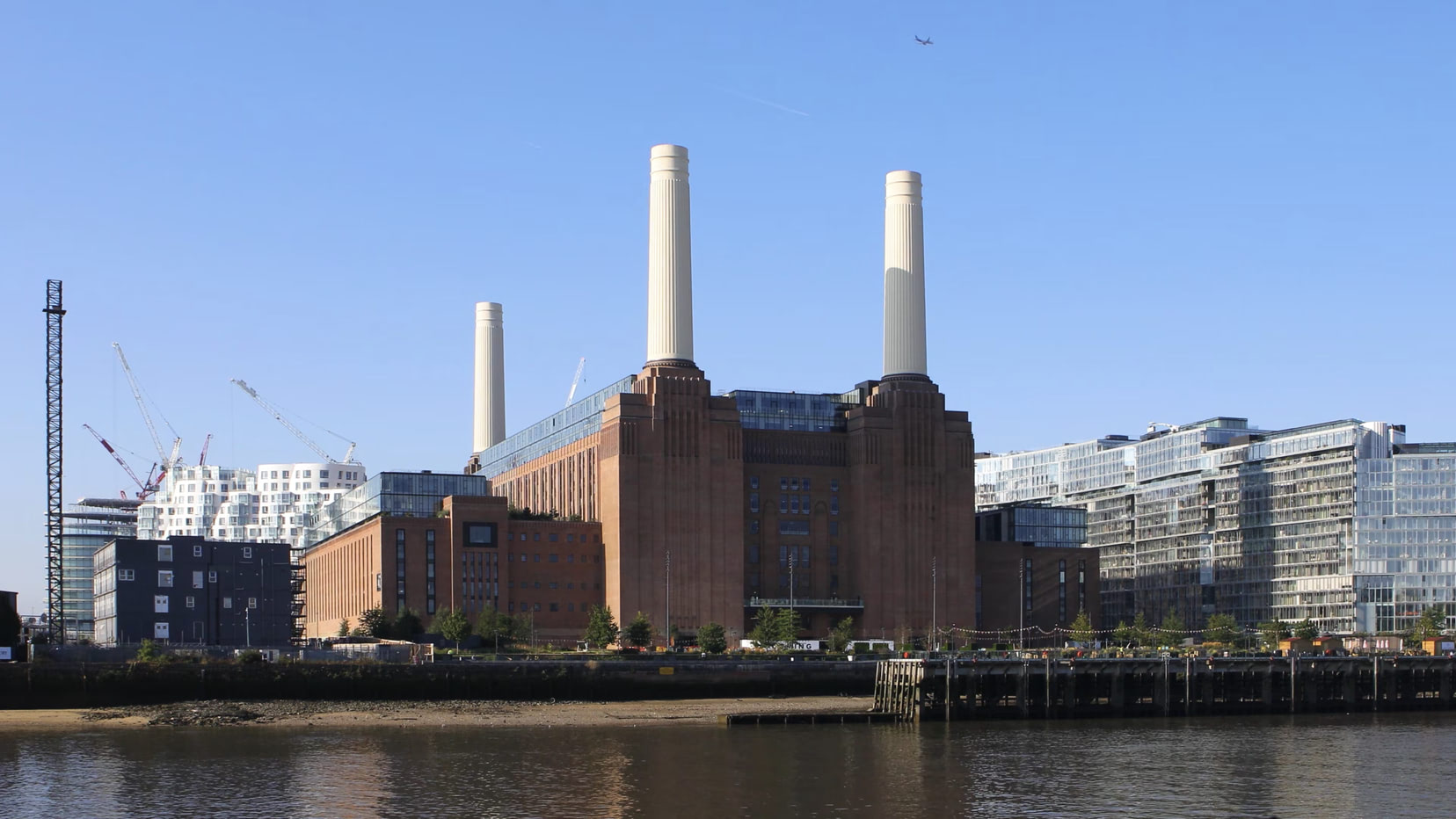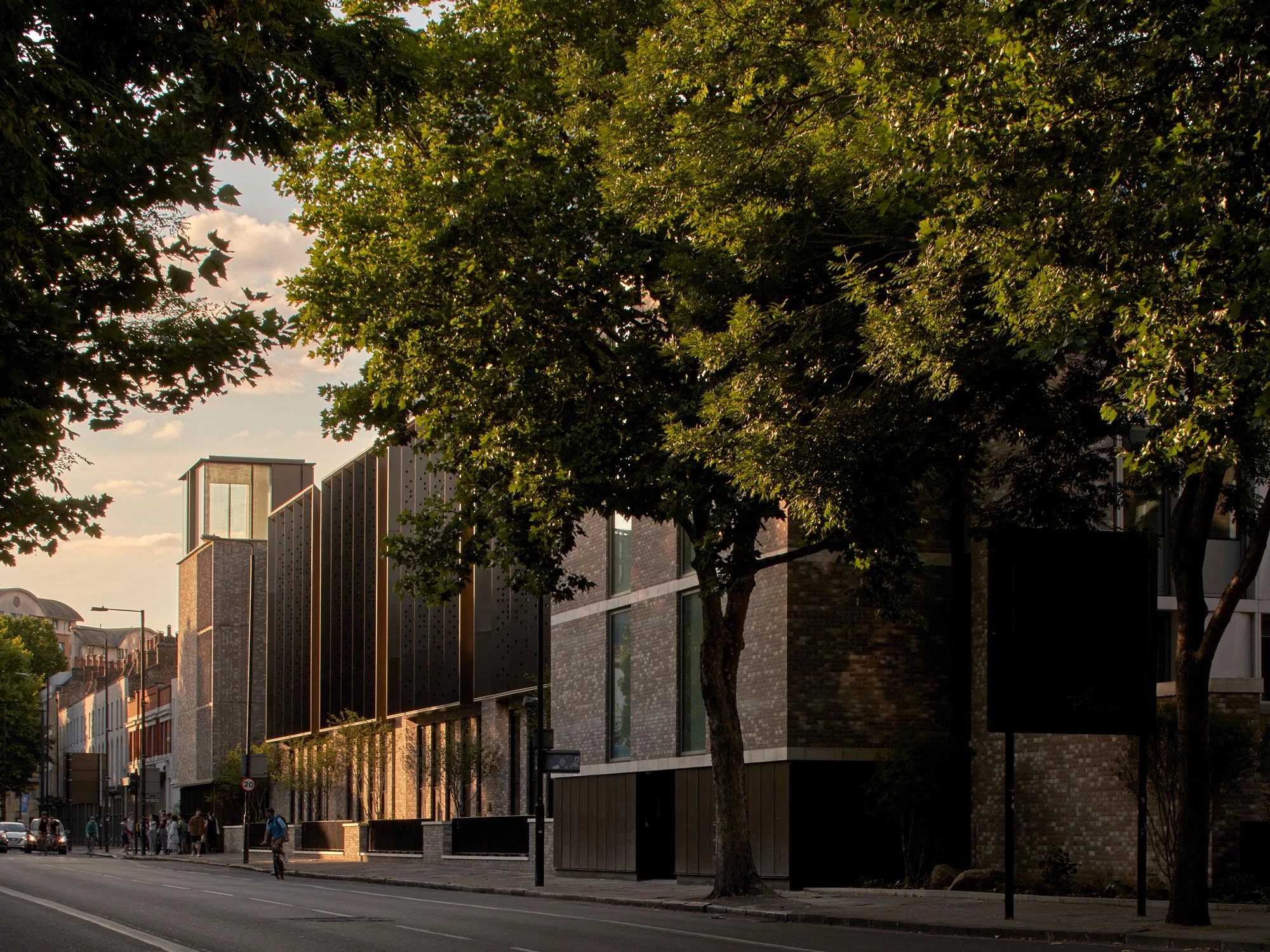Civic Trust Awards 2024 Regional Finalists
Elizabeth Line Liverpool Street Station, LSBU Hub and Battersea Power Station are Regional Finalists for the Civic Trust Awards 2024
The design of Liverpool Street Station comprises two platform tunnels stretching 245m connecting Moorgate and Liverpool Street Stations as well as new ticket halls and escalator boxes to street level with connections to existing LUL and Network Rail services.
Our architectural approach was driven by the desire to maximise height in constrained spaces and introduce as much daylight as possible to the subterranean areas. A shallow, geometric folded ceiling plane formed by ribbed pre-cast concrete soffit panels breaks the perception of the low flat ceilings to create a greater sense of space, scale and movement.
The entrance into the underground eastern ticket hall is through a striking, five-metre-high glazed canopy located in an open pedestrian plaza at Broadgate. Natural light filters below ground during the day, while at night the canopy acts as a lantern with artificial lighting from inside shining out of the glazed entrance to illuminate the streetscape.
WilkinsonEyre has radically transformed London South Bank University’s London Road building to create the LSBU Hub, an open and inviting centrepiece for its main Southwark campus. Located north of Elephant and Castle, the four storey 1970s concrete-framed building is the largest academic building on LSBU’s main campus and provides approximately 20% of the University’s total teaching and learning space.
The major makeover included the extensive internal reconfiguration of the existing sports and catering facilities and the refurbishment of seven retained lecture theatres, film studios and cinema space. The building also incorporates LSBU’s relocated library, the University archive, small group room spaces, high-tech teaching spaces, computer labs with quiet and silent study areas, as well as staff offices.
The existing structure was largely retained, saving between 45-50% on embodied carbon, and incorporates carbon fibre strengthening in areas where it needed further reinforcement. The unwelcoming brick façades has been replaced to create a more permeable frontage, improving visual connectivity between the interior space and exterior landscape.
Originally designed in the 1930s by the UK’s renowned architect, Sir Giles Gilbert Scott, Battersea Power Station historically provided one-fifth of London’s electricity, supplying some of the capital’s most recognisable landmarks including the Houses of Parliament and Buckingham Palace, before being decommissioned in 1983.
The opening of the retail areas one year ago marks the culmination of almost a decade of intensive work to restore the globally recognised landmark, with WilkinsonEyre leading the design, through concept, detail and delivery, for this bold reimagining of one of the world’s most famous buildings.
The architectural interventions respect the integrity of the historic landmark while creating new events spaces, shops, restaurants and cafés, large open-plan office spaces and a series of sky villas positioned around rooftop garden squares above the Boiler House and Turbine Halls.












